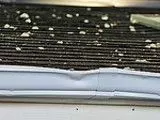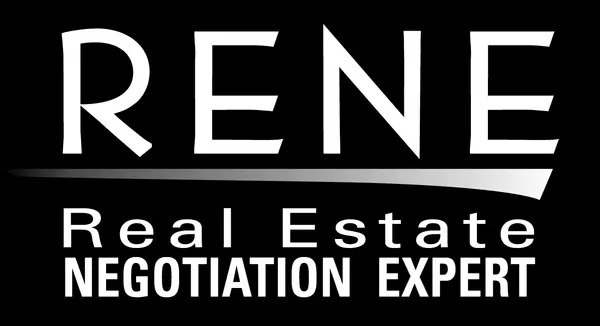

Hail and Choosing The Right Roof To Cut Insurance Costs
Hails season is upon us, or nearly so! It might seem like roofs last forever (or almost), but when you live in Colorado where hail happens a lot, that’s not necessarily the case. Click through to find out which roofing materials best stand up to hail... The average roof lasts around 20 years, but
Read More

What Kind of Insurance Do Homeowners Need?
With the upcoming anniversary of the Marshall fire and the devastation still fresh in our minds, you might have wondered how you can protect your home, your most important financial asset. Is your insurance policy enough? Click through to learn about how to obtain financial relief if a covered event
Read More
Categories
- All Blogs (36)
- Buying (3)
- Closings (1)
- Colorado (7)
- Condo's and Co-op's (2)
- Curb Appeal / Outdoor (1)
- Extended Stay Living/ Furnished Rentals (1)
- HOA's (2)
- Home Improvement (1)
- Home Repair (1)
- Inspections (1)
- Insurance (2)
- Interior Design / Staging (2)
- Monthly News (6)
- Mortgages (2)
- Moving (1)
- New Builds (1)
- Property Taxes (1)
- Remodeling (4)
- Retirement/ Adult Communities (2)
- Selling (1)
- Taxes and Investing (1)
- Title (1)
- Transaction Process (1)
- Vacation / Holidays (1)
- Your Home is Your Biggest Asset - Financial Goals (6)
Recent Posts










SUBSCRIBE TO MY NEWSLETTER
Subscribe today to get real estate news you can use delivered to your mailbox biweekly on Thursdays!
GET MORE INFORMATION

Theresa Tscheschke Gunal
Broker Associate | License ID: FA.100087128
Broker Associate License ID: FA.100087128
